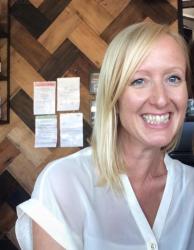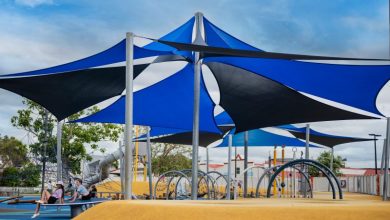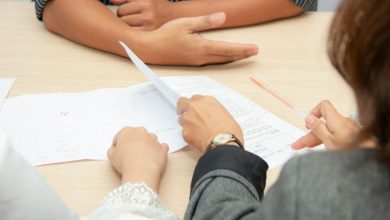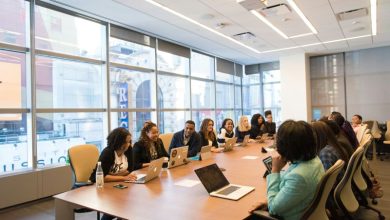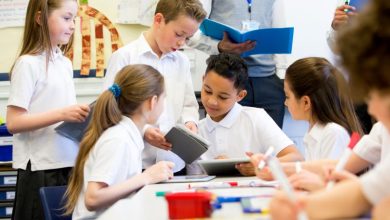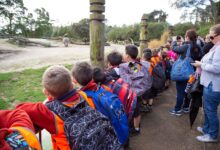Empowering teachers, expanding knowledge
Whakamaua te pae tata kia tina - Take hold of your potential so it becomes your reality.

Supplying teaching staff with access to quality professional learning development is a responsibility schools can ill afford to renege on. PLD can have a significant impact on improving the effectiveness of teachers and creating better student outcomes.
An ever-evolving feast…
Knowledge that a school may wish to develop among staff may not fit with an individual teacher’s learning wants and needs. How PLD is funded, and how much is put into this, is often a bone of contention. And the variety of options on offer for both the school and its teachers to consider is a constantly changing buffet.
So, what choices do schools have? There are the many and varied private organisations that offered PLD in all shapes and sizes, as well as the recently refreshed government funded PLD, served up by regional allocation.
Last year, the PLD priorities in Aotearoa were subject to a reset ‘to focus on core curriculum capabilities that enable a more responsive and equitable education system’. The new PLD priorities were informed by engagement with people from right across New Zealand’s education system through Kōrero Mātauranga and the engagement led by the Curriculum Progress and Achievement Ministerial Advisory Group.
In mid-March 2021, the Ministry of Education revealed it had reviewed the proportion of PLD hours given to each region for PLD. It announced that from the 2021-22 financial year (July 1, 2021 to June 30, 2022) onwards, more hours will be assigned through regionally allocated PLD.
The ministry announced: “We have ensured that no region had a reduction in their yearly allocation and that the minimum number of hours that a region will receive per financial year is 10,596 hours. Most regions will receive an increase to their hours.
“These additional hours are distributed where the needs are greatest and we have considered several equity and population factors in each region, such as the total number of students, schools and kura, Māori and Pacific students, decile 1 and 2 schools and kura.”
Formerly ‘locally-focused PLD’, the model for regionally allocated PLD was introduced in 2017. It shifted the focus from national to regional allocation, with PLD allocation decisions being made by local panels.
These panels consist of local education sector representatives with local knowledge and context, such as Iwi, principals, school leaders and members of representative groups such as education associations. A cross-section of both English and Māori medium primary, intermediate, and secondary school leaders are represented. The panel reviews all applications from its region and gives allocation recommendations to the Regional Director of Education, who then approves the allocations.
The MoE unveiled seven new PLD priorities that underpin regionally allocated PLD. New priorities for English medium settings are cultural capability, local curriculum design, and assessment for learning. While the new priorities for Māori medium and te reo Māori settings will be: mātauranga Māori and te reo Māori, marau ā-kura, aromatawai. Digital fluency remains a priority in all settings.
The Ministry said: “These new priorities support teachers and kaiako to provide more responsive and rich learning experiences for all ākonga and students. Regionally allocated PLD must align with one or more of the priorities.”
Aligned with these new PLD priorities is the first-of-its-kind Teacher Aide PLD Pilot Fund, here in Aotearoa New Zealand. This fund supports teacher aides’ development of further skills and knowledge through PLD that contributes to the vision of their school and students’ needs. In total, a $2.29 million pot of funding will be provided for teacher aide PLD over an 18-month pilot period, which started in July. Up to $1500 is available per teacher aide and all those who are employed in state and state-integrated schools are eligible to apply. Funding will cover course and time costs, plus up to $500 for travel and accommodation costs. More info can be found online via pld.education.govt.nz/find-pld/teacher-aide-pld.
PLD for early-stage principals is available through the leadership advisor service.
Delivered by Evaluation Associates on behalf of the Ministry of Education, this PLD service supports principals and tumuaki in their first or second year in the role ‘by providing targeted, timely and tailored leadership advice to enable each of them to reach their potential’.
There is a raft of PLD opportunity for teachers across all subjects, information on which can be accessed through the new pld.education.govt.nz website, under Networks of Expertise. This provides links to subject associations and other peer-to-peer networks that deliver support for teachers.
A key area of PLD, wherever you look in 2021, and an integral part of the government’s new priorities, is digital fluency. With this, the MoE aims to support teachers, kaiako, ākonga, and students ‘to confidently and effectively use digital technologies to enhance teaching and learning outcomes’.
“Digital fluency is about helping ākonga to develop skills in critical literacy in digital contexts, and to recognise how language, symbol and text affect understanding and communications.”
While the scope of opportunities for PLD in a post-COVID world set to be farther reaching, and delivered more online, than ever before, it’s essential that teachers’ and students’ digital capabilities grow to keep pace with this changing world, while at the same time prioritising cultural understanding. In meeting individuals’ learning wants and needs, there may well be a surge in demand for in-person PLD as we evaluate and rediscover cravings for face-to-face human connection in this new era of learning and development in the education sector and beyond.
Find out more at: pld.education.govt.nz/regionally-allocated-pld.

